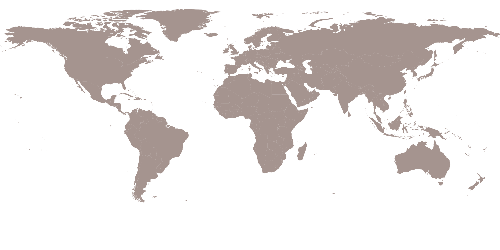Sustainable building design through passive measures
Art-Tek Tulltorja is designed as a climate-forward, art and technology district nurturing the next generation of creatives and entrepreneurs in Kosovo and beyond — a transformation from bricks to bytes. Located in a former brick factory in the heart of the capital city of Prishtina, Tulltorja’s design holistically approaches sustainability through the reuse of abandoned buildings, extensive solar capture, recycling bricks and industrial debris, natural ventilation, greywater irrigation, extensive tree and vegetation planting, and shading from ample greenery to foster a more livable city. Tulltorja’s innovative designs invite cultural innovation, discovery, and connection to the past, and climate resiliency in the Balkans and beyond.
Efficient construction and operations
Operational Eco-Park: Art-Tek Tulltorja’s on-site robot named “Tull-e” (“tulle” in Albanian means brick; “tulltorja” means brick factory) incorporates old crushed brick and industrial debris into a cement amalgam used to create colorful pavers, walls and partition blocks, street furniture, landscape elements, retention walls, and more.
Carbon sinks: Cross-Laminated Timber (CLT)/mass timber used in building construction store carbon dioxide for the entire lifespan of the building.
Net Positive Energy: Extensive rooftop solar panels generate more energy than what is consumed on-site, returning energy to the grid and supporting the site’s community center, education programs, and non-profit cultural programs.
Landscape & Biodiversity Integration
Kosovo’s current over-reliance on coal mining contributes to poor air quality. Other factors limiting biodiversity and public health include unmitigated industrial pollutants throughout the site. Art-Tek Tulltorja pro-actively remediates the site, promoting short and long-term ecological benefits:
- Structural reinforcement to the hillsides increases the ground’s stability, enabling native plants to take root, flourish, and attract pollinator species.
- Phyto-remediating plants filter, extract, and accumulate suspended chemicals from the water and soil, improving their nutritive function for flora and fauna.
- Bioswales, retention ponds, and water channels distribute greywater throughout the site, inviting riparian wildlife to flourish.
Land use & Transformation
Previous eras of disinvestment resulted in a lack of parks, pedestrian pathways, and storm-water management, leading to dangerous mudslides abutting some of the site’s current buildings. Art-Tek Tulltorja transforms this previously unusable dumping ground into the country’s largest walkable urban park. Pedestrian pathways connect low-income neighborhoods to the city center and low-carbon transportation. Nested within this oasis are facilities to catalyze Kosovo’s economic and cultural regeneration:
- Workforce Training: classrooms, Maker Spaces, co-working spaces.
- Culture: amphitheater, performing art center, studios, showrooms.
- Hospitality: art-hotel, restaurants.
- Community Center: adult education, childcare, social services.








